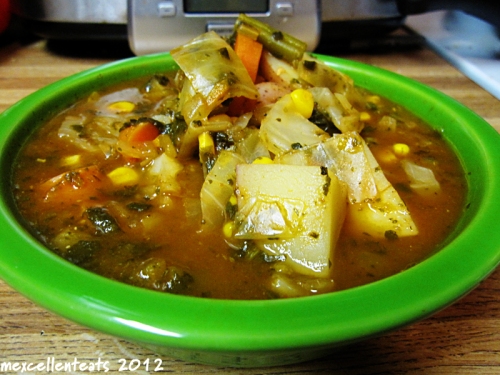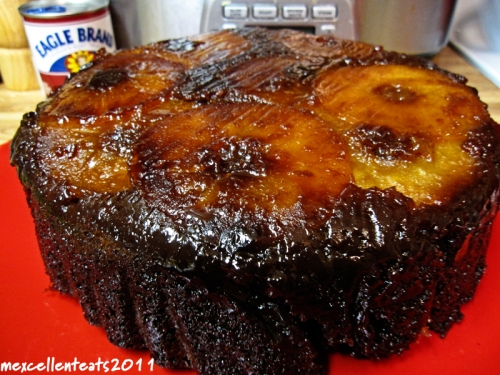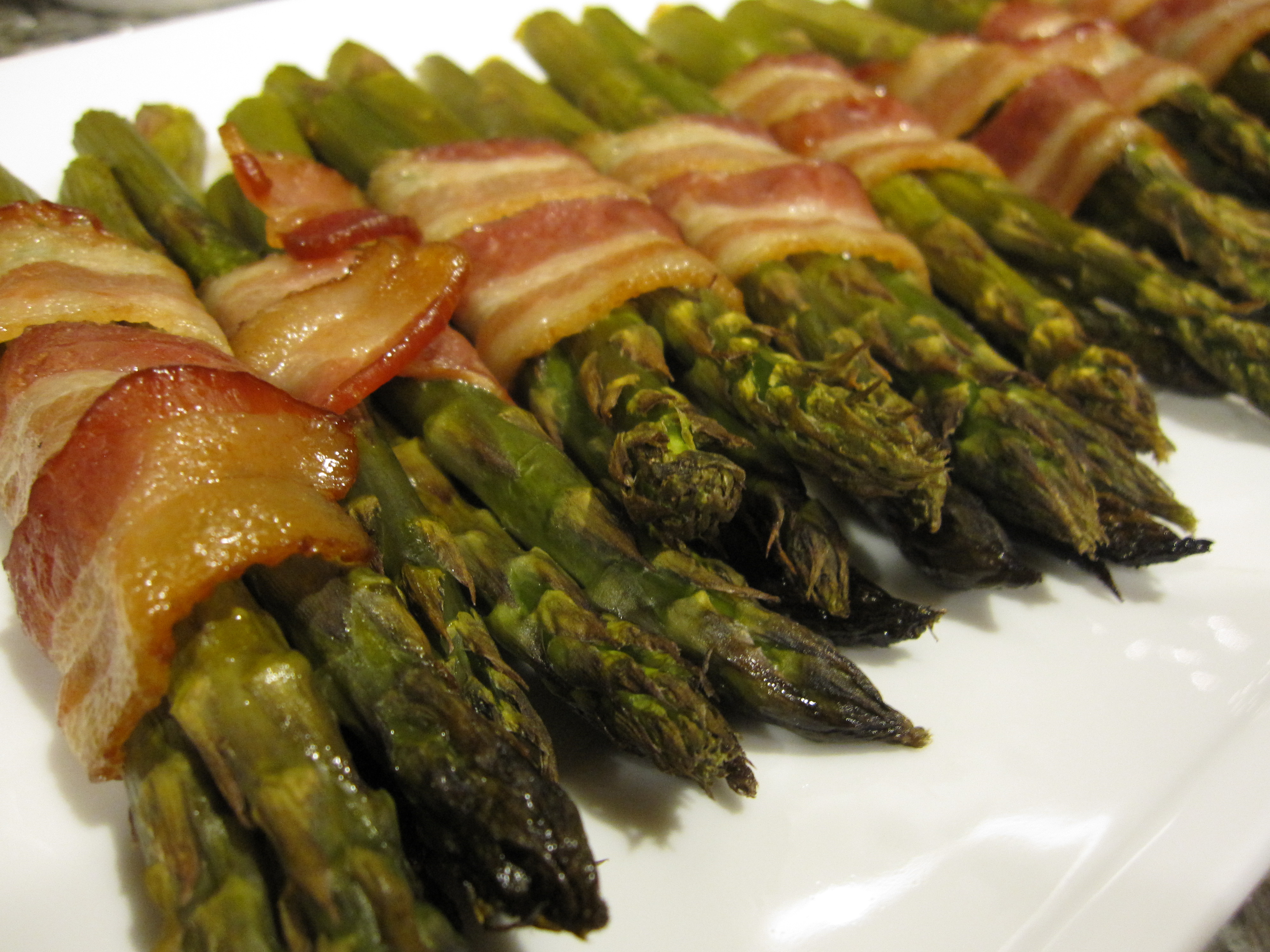For some people (like my husband), turkey isn’t a meat they particularly care to eat at any time of year, much less Christmas. Let’s face it, turkey gets top billing at most holiday tables, and because so much tends to be consumed, rarely is it made and eaten again during the year. Personally, I’m a fan of turkey because it’s generally pretty lean and can be flavored many different ways, like chicken. So I’m down to eat turkey whenever, wherever.
I decided we’d have fancy Christmas dinner at home on Christmas Eve (which didn’t materialize–long story) and that we’d have turkey breast. Since there are only two of us with a very small freezer whose space is at a premium, it makes no sense to buy an entire bird for two. The grocery store where we shop sells bone-in split turkey breast, so I bought two of those and decided to go from there.
Back in 2007, I’d made a maple glazed bird for a family Christmas gathering at my mom’s that was very well received. I’d bought the bird, pre-brined by the butcher and then coated it with a maple herb butter concoction I’d made, basting it once it began cooking so that it would all seep into the bird evenly. This time, I didn’t have a whole bird, and I didn’t want just a maple flavor. I also didn’t have brined turkey to work with since I’d bought fresh split breasts.
Now you’re probably thinking, “Brine? Isn’t that just salt water?” Yeah it is, but I gotta tell you: It’s all about the brine, baby. If the only turkey you’ve ever eaten said “Butterball” on it, you’ve had a somewhat brined bird–you just didn’t realize it. Next time you buy one of those, look at the label for the part that says “injected with __% saline solution.” That’s a type of brine.
The brine is what helps keep the bird moist during the cooking time by relaxing the proteins of the muscle fibers somewhat. For a more thorough explanation, read more here. The great thing about brining a bird (it also works for lean pork too) is that it can help impart great flavor, dependent on what is in the brine mixture. Because I wanted my bird to have a maple-orange flavor throughout and not just on the skin, I crafted my brine with those flavors too.
After I brined my turkey breasts for almost 2 days, then I roasted them off in the oven and oh my word…

When there are only two people eating, bone-in turkey breast is a great way to still have turkey for the holidays. The key to cooking the breast here is the brine.
I’m not gonna lie, this was the best turkey breast I have ever eaten: juicy, full of flavor and absolutely gorgeous coming out of the oven. So without further ado, here’s how you can make your own. I’ll warn you, this is a several-day process, so don’t read this expecting to get it on your dinner table tonight or even tomorrow night. It took me 3 days to get the above result. Also, you will have to adjust your quantities for the amount of bird you are cooking. The brine recipe was for 2 split bone-in breasts that were about 7 pounds total.
Here’s how I did it. You will need:
For the brine:
- 4 quarts of water
- 6-8 sprigs fresh thyme
- 2 tablespoons garlic, minced
- 3/4 cup kosher salt
- 1/2 cup dark maple syrup
- 3/4 cup dark brown sugar
- peel of one orange (I used a vegetable peeler to remove just the peel, taking care not to get any of the white pith underneath)
- 2 tablespoons peppercorns
In a large stockpot, dissolve the salt and sugar in the water. Add the syrup, thyme, garlic, peppercorns and orange peel, stirring to mix. Allow this mixture to come to a slight boil. Once the flavors have had a chance to marry, remove this from the heat and cool completely in the refrigerator (overnight is best). NOTE: some people like to cool their brines immediately with ice, and then plunge their birds into the diluted brine. I elected not to do this, since it would dilute the mixture and thus dilute the flavor. This is one reason this process took a long time. Also, note that this brine recipe is not terribly salty, so your bird will not take on a salty flavor if you are worried about such things. It won’t be sweet either, even though there is a lot of sweet going on here.
To prepare the turkey for brining the next day, you will need:
- 2 fresh split bone-in turkey breasts, about 7 pounds total
You have a couple of options here. You can either plunge the turkey directly into the cold brine, and let it sit in the pot you cooked the brine in, or you can do what I did. I got a large 3-quart baking dish and a couple of gallon ziplock bags. I placed a turkey breast in each bag, and set the bags into the baking dish. I then used a ladle to cover the meat with the brine, sealed the bags tightly, making sure much of the air was pushed out (so that room could be made for liquid) and set them flat in the refrigerator so that the meat was submerged in the brine. I allowed this to sit for roughly 36 hours.
You can also make the Maple-Orange Herb Butter ahead of time so that when it is time to finally cook the bird, everything is ready. Here’s how I made it. You will need:
- 1 cup freshly squeezed orange juice
- 1 stick unsalted butter
- 1/2 cup maple syrup
- 2 teaspoons fresh thyme leaves
- salt to taste
In a saucepan, heat the orange juice to a boil, cooking until its volume is reduced by half. Add the maple syrup and butter, melting the butter. Whisk in the thyme, whisking the mixture so the butter incorporates with the reduced juice and syrup. Pour the mixture into a container and refrigerate until slightly solid. You will smear this onto the turkey before and during cooking.
After the breasts were sufficiently brined, here is how I cooked them.
Preheat your oven to 325 degrees F. Remove the breasts from the brine and give them a quick rinse. Set them on a jelly roll pan covered in parchment paper (easy cleanup, for the win!) and coat the tops of the breasts with the maple-orange herb butter you prepared earlier. If you can, slide some of the butter mixture under the skin as well, since this will give the bird more flavor (and who doesn’t like that?). Roast the breasts for about 2 hours, drizzling the butter mixture over the top about every 45 minutes. The turkey will be done when a meat thermometer inserted into the thickest part of the breast reads 170-180 degrees.
Let the meat sit for about 15 minutes before cutting into it, or you risk releasing all that lovely juiciness of the meat onto your serving plate, and then you’ll be sad that you worked so hard to make a juicy bird only to have the juices on the plate and not in your mouth.
Since I cooked two breasts, this recipe served 2 adults for 2 meals. I will seriously make turkey breast this way from now on. Labor intensive? Yes. Flavor intensive? Oh yeah.





